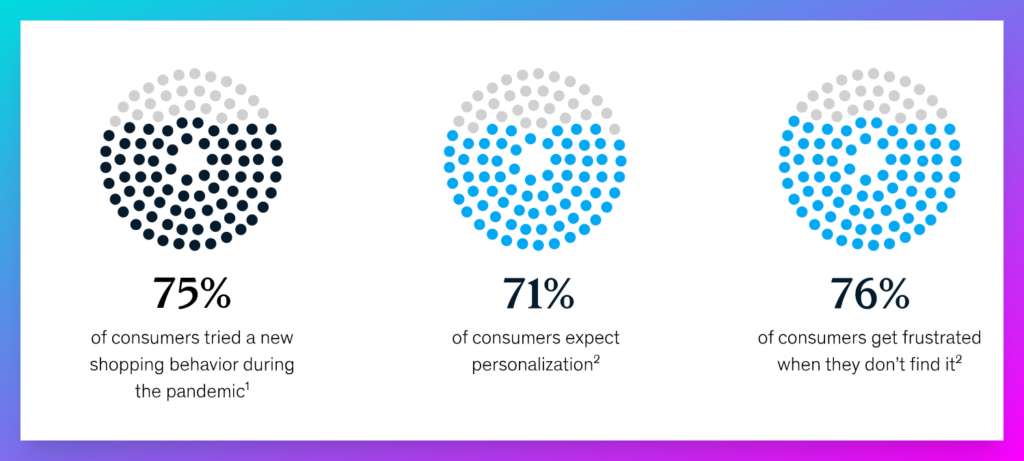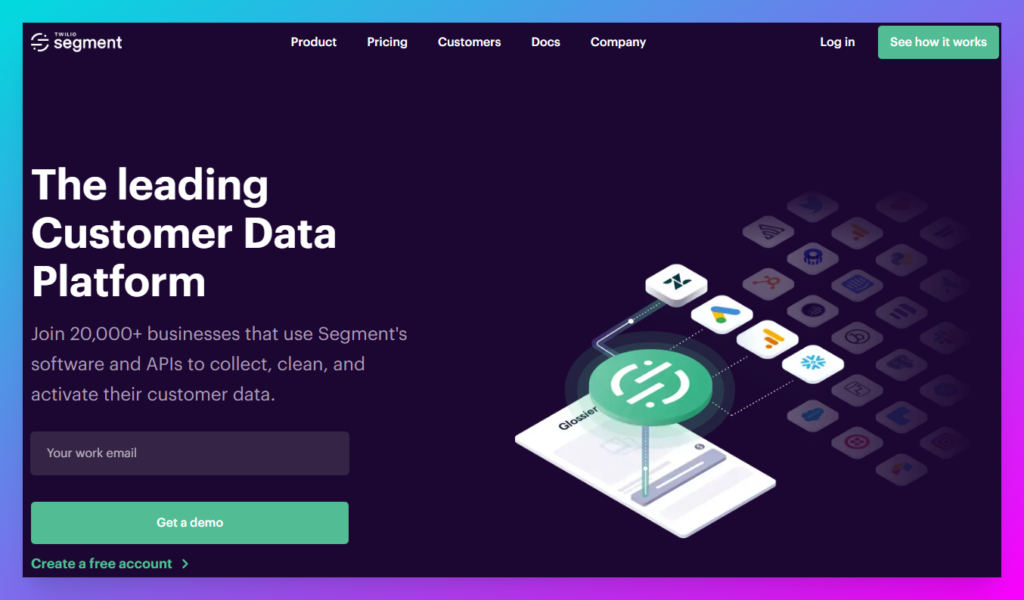How to Take Advantage of Shopify Customer Segmentation
Shopify customer segmentation allows tailoring your messaging to a smaller target audience group.
For example, if you sell footwear, you probably don’t want to market warm boots to someone who lives in Florida. But that’s what you do when you send the same email to all your customers.
The broader your target audience, the more dilute your messaging. That’s why customer segmentation is mission-critical for your Shopify store.
Try MESA free for 7-days and enjoy support from automation experts!
Topics:
What is Customer Segmentation?
Customer segmentation divides your target audience into smaller groups (or segments) based on similar traits. Once you’ve divided your audience into segments, you can build buyer personas and run laser-focused marketing campaigns.
For example, if you sell apparel, you can segment your target audience by gender. You can run separate, gender-specific marketing campaigns with messaging that resonates with all genders.
You can segment your target audience into four types:
- Demographic: Segmentation based on parameters like gender or age.
- Psychographic: Segmentation based on psychological traits like lifestyle and values.
- Behavioral: Segmentation based on online buying tendencies such as frequent shopping or shoppers looking for discounts.
- Geographic: Segmentation based on the city, region, or country.
Instead of selecting just one segment, you should create multiple segments based on what you sell and your marketing strategy.
If you’re looking for a specific number, HubSpot reveals that most marketers create content for up to three audience segments, and over 20% of marketers create content for five audience segments.
Why Should You Segment Your Customer Base?
You should segment your customer base for two reasons:
1. Personalized messaging. Segmenting your customers allows for identifying patterns that help differentiate your customer base. This differentiation enables you to run hyper-focused marketing campaigns and deliver personalized messaging.
2. Product development. In most cases, segmentation tells you more about who you’re talking to. But you can also use segmentation to understand what your buyers want in a product. Picture your customer persona when developing your product or adding new features to ensure you always create products with enough demand.
What are the Benefits of Shopify Customer Segmentation?
Now that you know why customer segmentation is important let’s talk about how it benefits your ecommerce business.
Here are some customer segmentation benefits:
Improved Marketing Efficiency
You can run hyper-targeted marketing campaigns when you have more information about your audience and their preferences.
Marketing campaigns with a tailored messaging focus on a smaller group and speak more closely to your audience. That’s why targeted campaigns convert better.
Higher conversions translate to increased average order value and improved profitability, which means improved marketing efficiency.
Strong Customer Relationships
When you market to a broader audience, your message may not resonate. Lack of personalization can lead to your customers feeling alienated over time.
In fact, 71% of customers expect companies to send personalized messages, and 76% get frustrated when they receive generic messages.

Customer segmentation effectively addresses this need for personalization. It also helps build long-term relationships because your customers will appreciate you proactively listening to their needs.
MESA Template ID
send-help-scout-summaries-to-asana
Identification of Upselling and Cross-Selling Opportunities
The success of your upselling and cross-selling efforts is driven by personalization and relevance.
Say you sell pet products, and a customer from a humid state orders pet food from your store. You might want to upsell them on an anti-tick shampoo given their location, but will the upsell offer convert?
To improve the chances of your upsell offer converting into a purchase, you’ll need to have a good relationship with the customer. And the way to do that is personalized messaging right from the beginning.
A Twilio report confirms that 60% of consumers are more likely to become repeat buyers after a personalized shopping experience. Another report from Emplifi confirms that 20% of customers abandon a brand after just one poor customer experience.
That’s how essential customer segmentation and personalization are for your Shopify store.
What Are Some Ways to Use Customer Segmentation Apps?
Broadly speaking, you can use customer segmentation apps for three things: data collection, data management, and using that data for targeted marketing. Below are the best apps for Shopify customer segmentation to get you started.
Segment

Segment collects and compiles customer data into a single platform. Once customer data is on Segment, you can clean, control, and send data to any tool, which means you never need to migrate data manually.
With Segment, you also get a built-in feature called Personas. It unifies customer touchpoints across platforms and channels to give you an overview of a customer’s journey.
Segment allows you to break down customer data into different silos. Breaking down customer data lets you personalize your communications and improve customer engagement across all sales channels.
It also integrates with MESA, allowing you to automate parts of your workflow. For example, you can automate sending an “order created” tracking event to Segment after integrating with MESA.
Sprout Social
Sprout Social is a social media management tool that also collects data from your social media channels.
In addition to data points like engagement and share of voice, Sprout Social collects demographic data.
Your audience’s demographic data allows you to group your audience by age or gender. Once you’ve grouped your audience demographically, you can run highly-targeted and personalized ads.
Targeted social media ads can improve the ad’s conversion rate, click-through rate, and ROAS (return on ad spend). You can monitor these and other social media ad performance metrics within Sprout Social and see how targeting influences them.
Mailchimp
Mailchimp collects data from email subscribers and allows email segmentation by list for better results.
Your email segmentation can be email subscribers by location, ecommerce purchase activity, and the likelihood of repeat purchases using Mailchimp. It gives you plenty of information to send the right message to your audience.
You’ll see your marketing ROI improve when you run email segmented campaigns for a segmented audience. According to Mailchimp, email segmentation marketing campaigns result in 29% higher open rates and 49% higher click-through rates.
You can do even more by integrating Mailchimp with MESA. With MESA, you can automate parts of your email segmentation marketing workflow and eliminate the need to recreate data manually.
For example, when someone purchases an item from your store, a MESA workflow can automatically add the buyer’s email to your retargeting campaign list for sending cross-selling offers.
Laser-Focus Your Marketing With Shopify Customer Segmentation
You now know what customer segmentation is, why it’s important, and the tools you can use to focus your marketing on a narrower audience segment. Managing multiple customer segments across marketing channels can get a bit overwhelming. But automation can help subsidize a good portion of your work.


